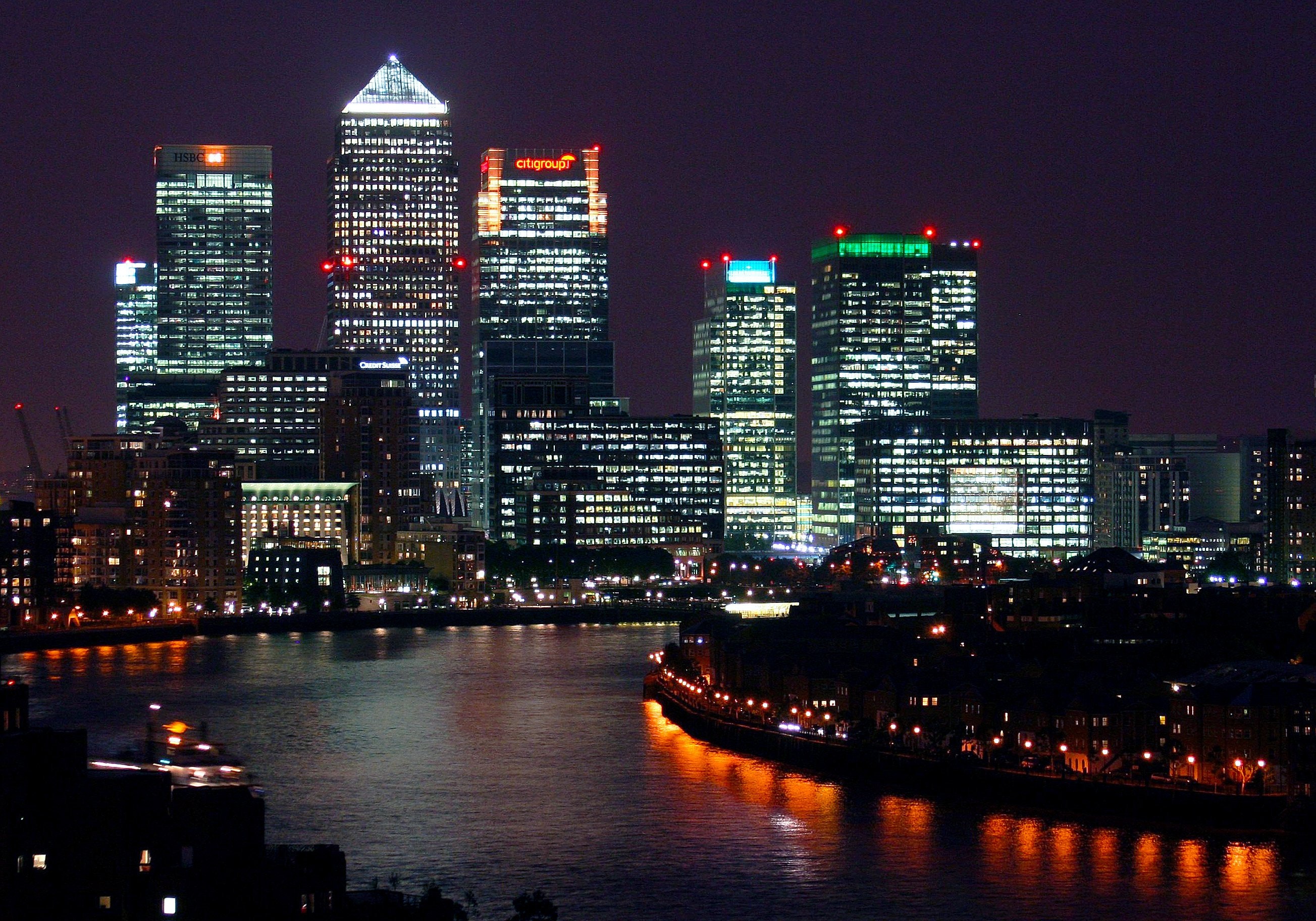Part L of the Building Regulations 2021 edition is an extensive approved document that outlines the mandatory standards for energy efficiency and carbon emission goals for new or refurbished buildings.
It mainly addresses insulation standards which impact the energy efficiency of a building, focusing on the construction of external walls and heat supply.
You are undoubtedly already aware that thermal bridging is a major issue when it comes to reducing CO2 emissions in buildings.
The reduction of thermal bridging is the main objective of the Part L Regulations, with particular guidance outlined for materials and construction.
As part of the roadmap to the 2025 future home standard, the government recently revised Part L, with the ambition that newly built homes must produce 31% less CO2 emissions.
The changes to the regulations came into effect on June 15th 2022, and any projects that were quoted to begin either on or after this date must now comply with the updated regulations.
Changes to the Part L Building Regulations 2022
So what are the changes and how drastic are they? The Part L document is split into two sections for domestic and commercial properties. Developers should pay particular attention to the following, as they affect the heat supply:
- There are now higher standards for thermal insulation. The thermal elements of construction, such as the walls, windows and rooves must be sealed correctly using the correct grommets and sealants. This is also mandatory for all installations, from Solar PV to heat pumps. The document also states that any concealed installations (like pipework for plumbing) must be photographed as evidence of correct insulation.
-A heat loss calculation must be taken to determine the energy performance of a space heating system and reported in the completed designs of a building.
-Temperature controls, such as thermostats, must be installed with heating appliances so that the temperature in each room can be measured to ensure compliance with new regulations.
-CO2 emissions for new and existing buildings must meet the dwelling emission rate (DER) to ensure an energy efficient heating system, never exceeding the target emission rate (TER). The ideal DER needs to be either equal to or lower than the TER.
-Maintenance on installed boilers must be carried out, from filter to protection, helping to prevent unnecessary CO2 emissions and reach the recommended TER.
-Energy efficiency rates may have increase to ensure that heating systems are not oversized. While the ErP for gas boilers has remained at a minimum of 92%, the rating for oil burners must now be a minimum of 91% ErP. Heat pumps and hot water systems must not be oversized, however if it is necessary, such as for a thermal store, then this must be clearly documented for the report.
-Any concealed pipework for wet systems, such as underfloor heating, will need to have a maximum flow temperature of 55 degrees Celsius.
-The categories for the installation of solid fuels have changed, so the use of coal and wood will need to be checked for approval.
To summarise, the main takeaway of the Part L Regulation changes is to ensure compliance by using the correct materials for insulation and heating supply, and you need to record any installation through an onsite audit (BREL report) and evidential photographs.
Energy management solutions from CEP
At Communal Energy Partners, we believe that heat supply installation in accordance to the new Part L Building Regulations should, and can be, seamless.
That’s why we offer developers fully managed end-to-end solutions to navigate the challenges and complexities of energy management.
For more information on our services, or for advice on your Part L compliance, don’t hesitate to get in touch with our team of energy experts today.


